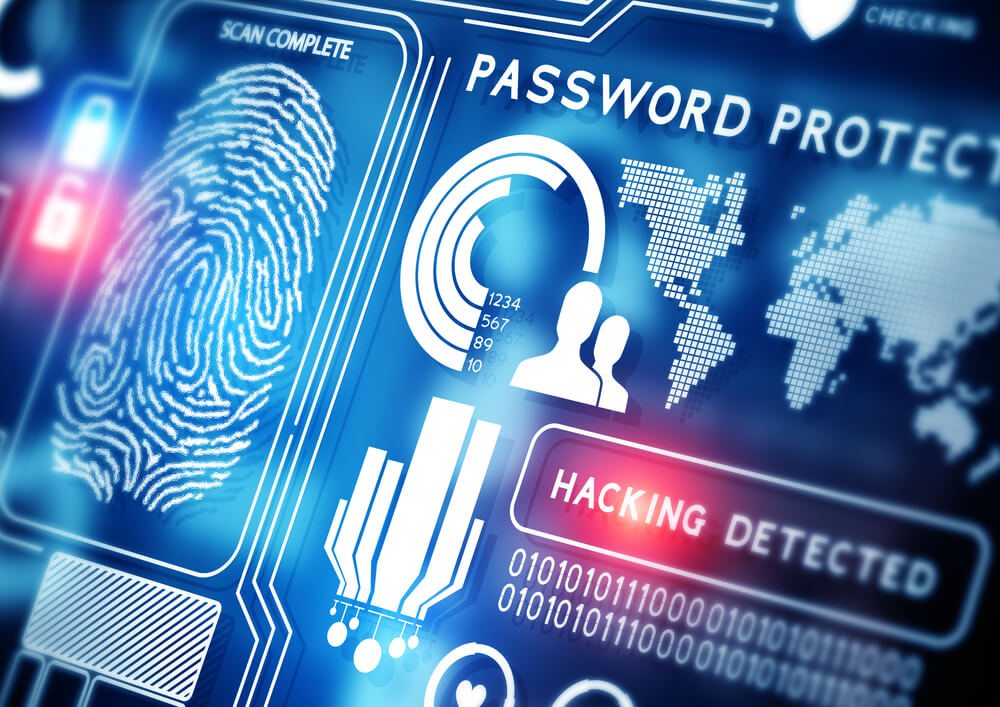The Definition of Cyberspace:
Cyberspace is our Interconnected IT
I heard yet another definition of cyberspace today. I won’t repeat it here, I’ll just say it was an academic’s definition and it was somewhat useful to the particular conversation we were having. But it pointed to an enduring problem for those who try to study these concepts. If everyone everywhere can create their own definition of cyberspace, then how can we study this field?
At the risk of clouding things even further, I’ll propose a solution.
The term cyberspace is primarily used in two ways:
1) As a metaphor and
2) As a description of the modern IT environment.
Depending on which of those two usages is required, there are two easy definitions. They follow:
When used as a metaphor, the term cyberspace must convey the full complexity and elegance of a new environment that is man made but seems alive. When a definition is required for this usage, there is none better than that written by the man who coined the term. William Gibson wrote about it in 1984 in his book Neuromancer. He defined cyberspace as “A consensual hallucination experienced daily by billions of legitimate operators, in every nation… A graphical representation of data abstracted from the banks of every computer in the human system. Unthinkable complexity.” For me that terms puts you in the frame of mind to creatively explore the realm of the possible and is still very much of use.
When the term is used in the context of real world actions and infrastructure, we can now use a very simple definition. Cyberspace = The Information Technology in operation today (including hardware, software and data).
Said an even shorter/simpler way: Cyberspace is our interconnected information technology.
Is there any need for any other definition of the term “cyberspace”?
Cyberspace Is Our Interconnected Information Technology
For more on these topics see the CTOvision Guide to National Security Technology and
 Cyber Security is far more than just protecting data. Security is about protecting the functionality of IT. It involves confidentiality, availability and integrity of resources. This higher order approach to cyber security requires vision, leadership, and actions in dimensions of people, process and technology.
Cyber Security is far more than just protecting data. Security is about protecting the functionality of IT. It involves confidentiality, availability and integrity of resources. This higher order approach to cyber security requires vision, leadership, and actions in dimensions of people, process and technology. Predictions of the future of technology are increasingly starting to sound like science fiction. Depending on your point of view that can be good or bad. As for me, I’m an optimist, and I know we humans will find a way to ensure technology serves our best interests.
Predictions of the future of technology are increasingly starting to sound like science fiction. Depending on your point of view that can be good or bad. As for me, I’m an optimist, and I know we humans will find a way to ensure technology serves our best interests.